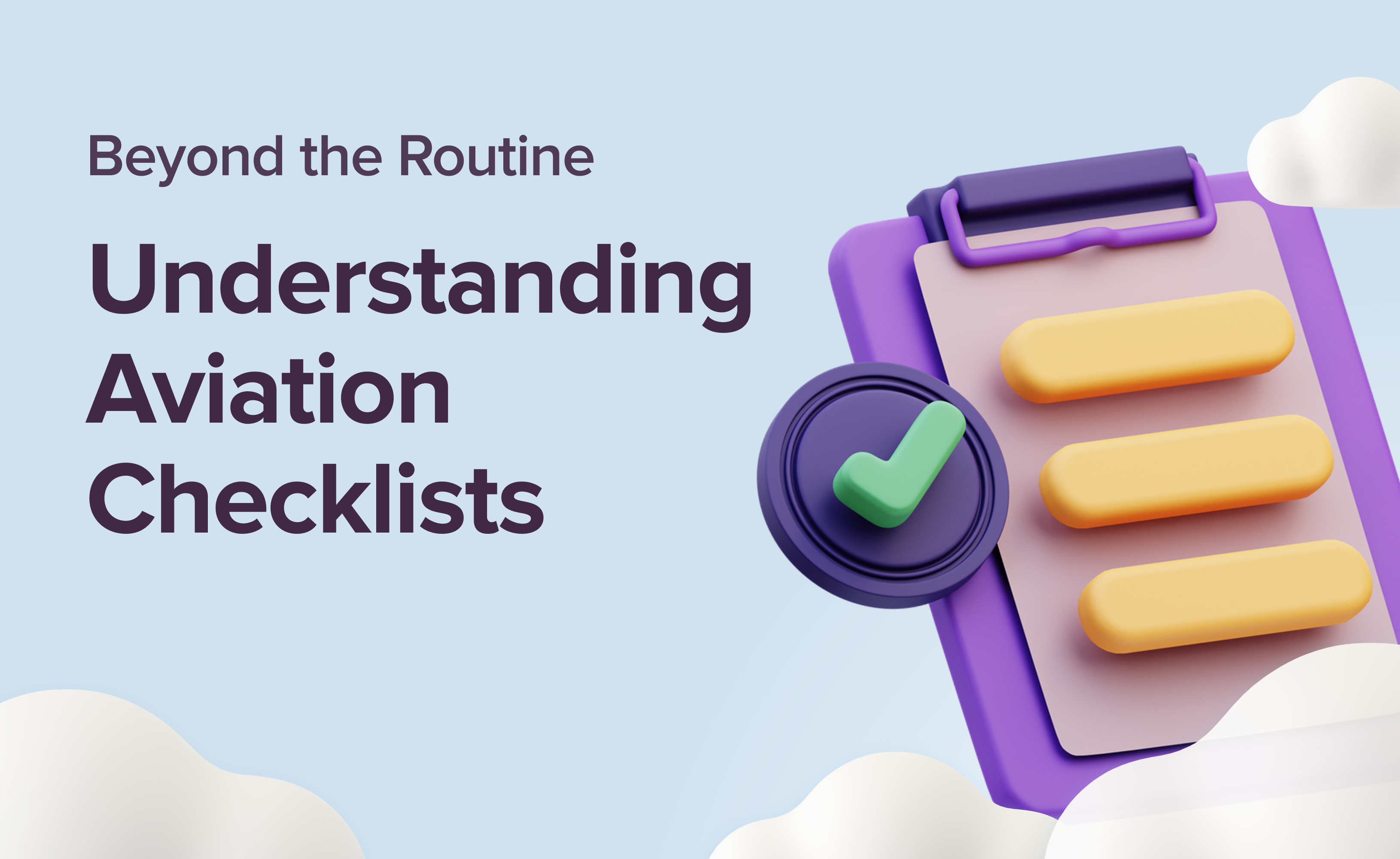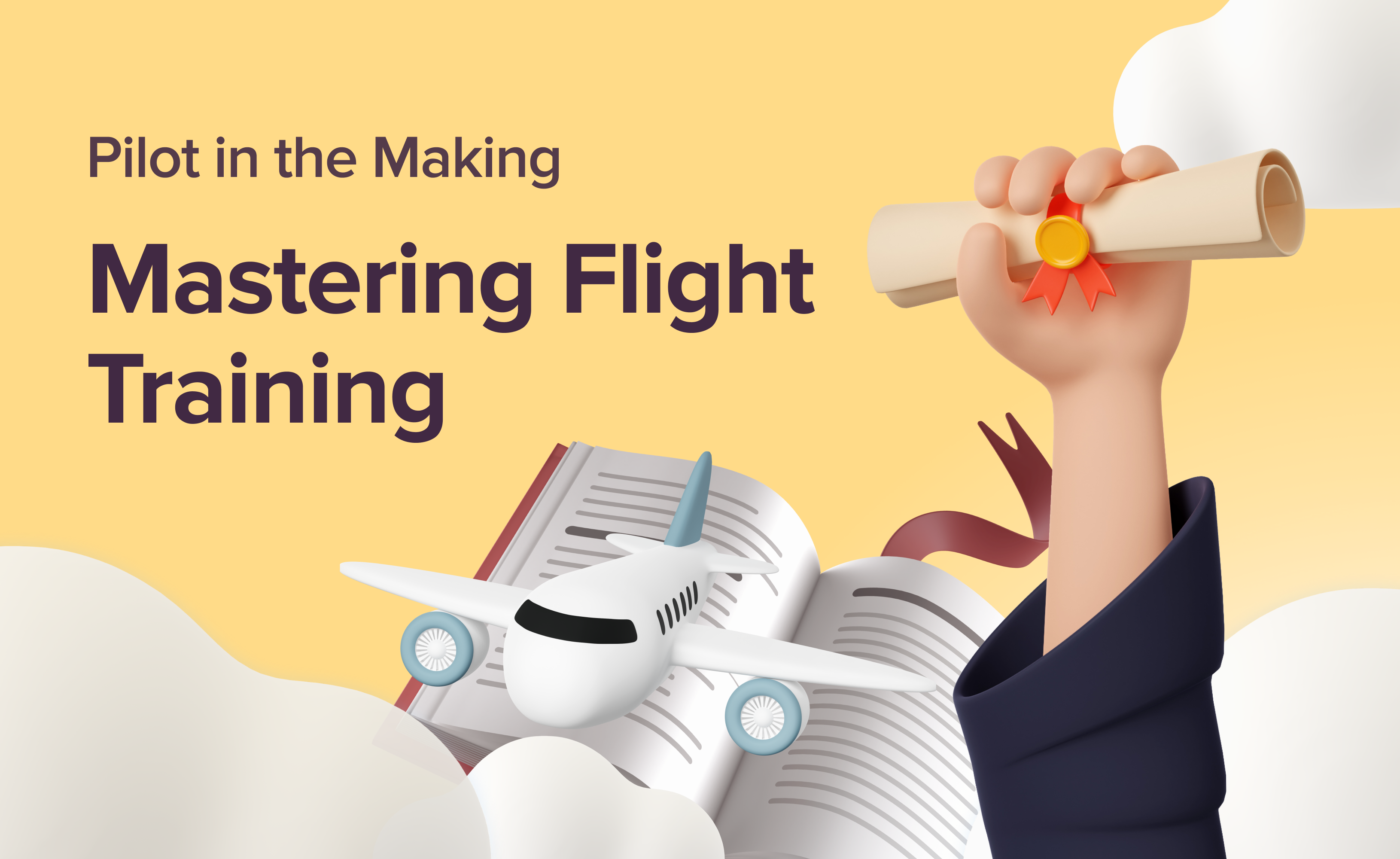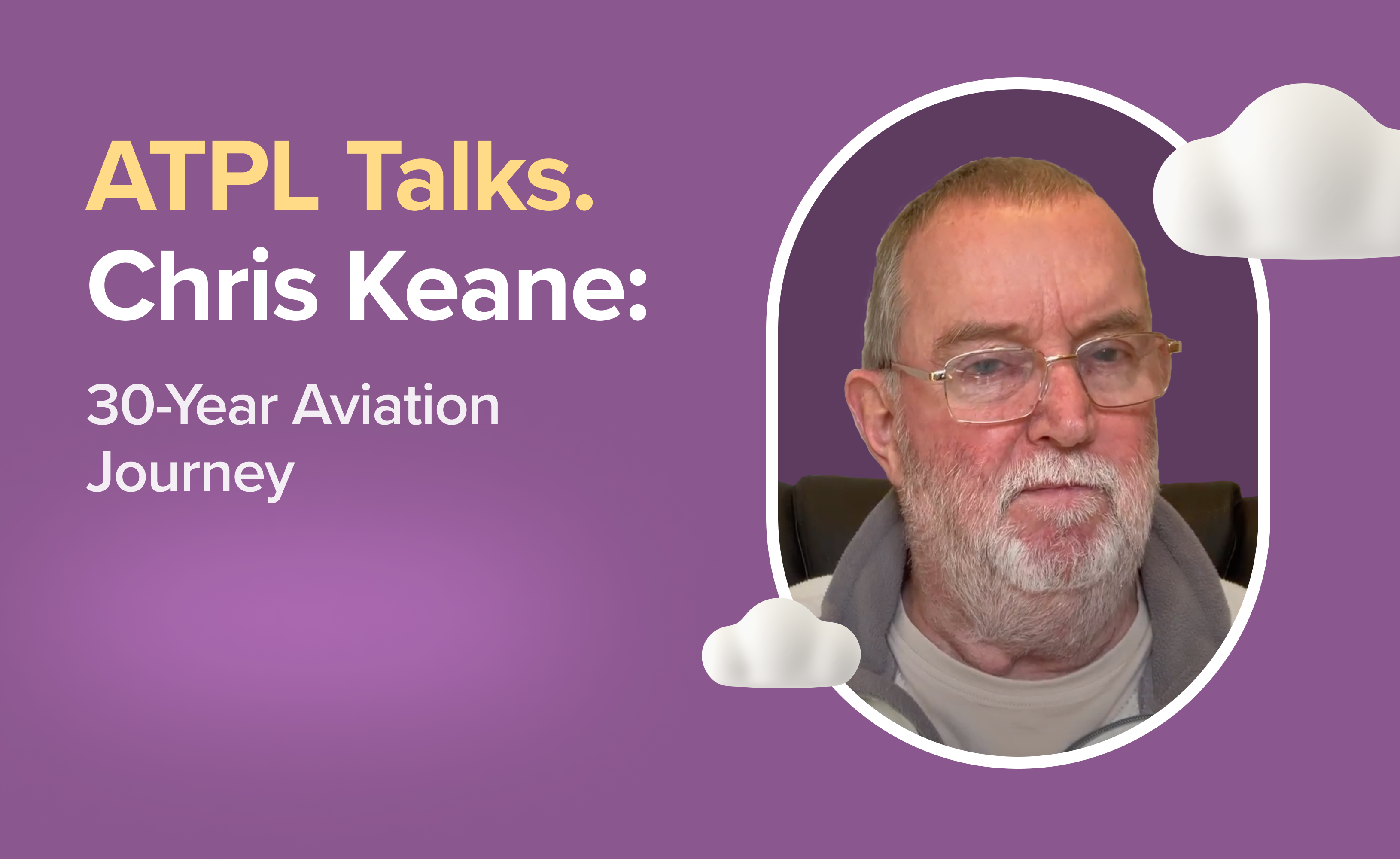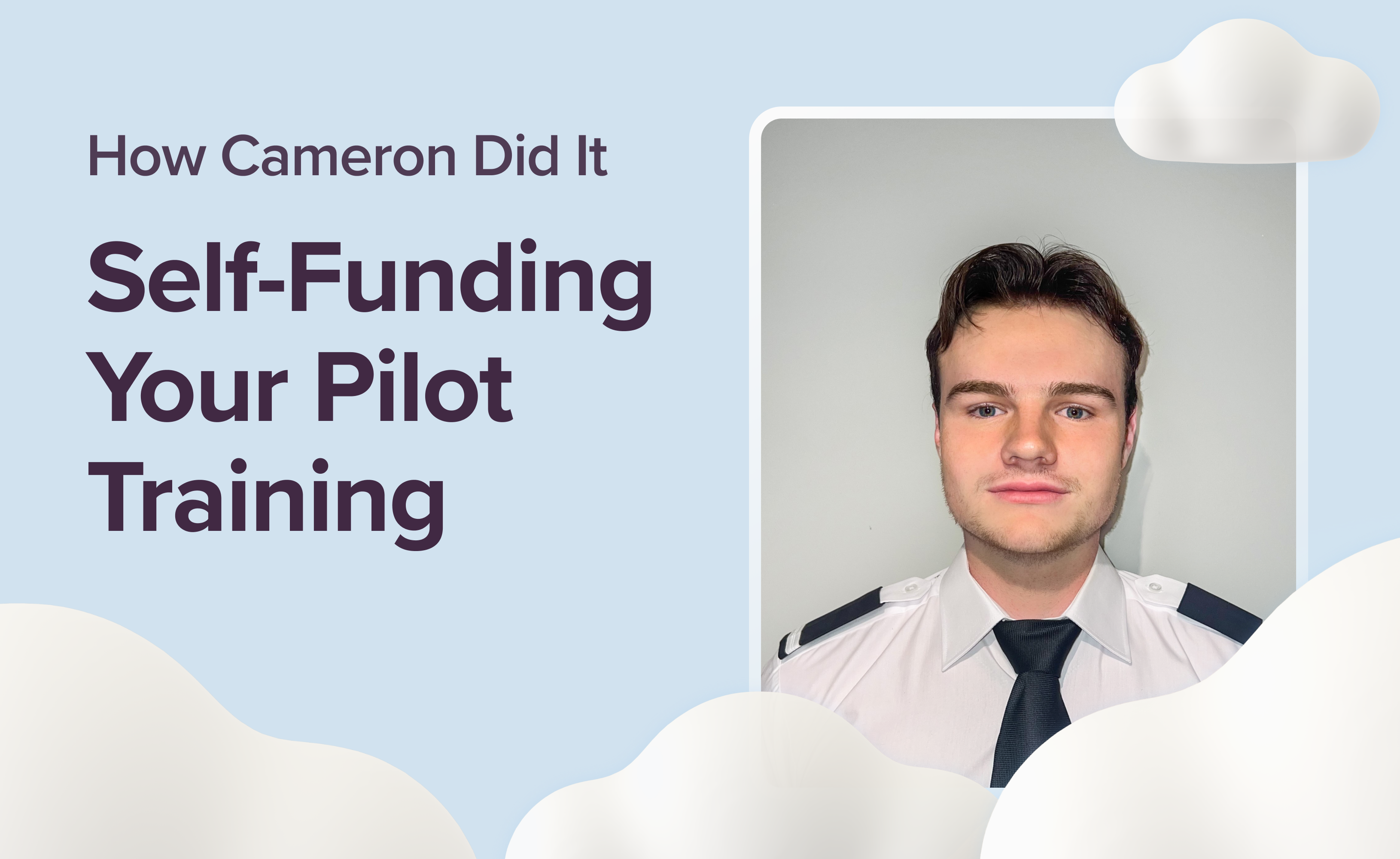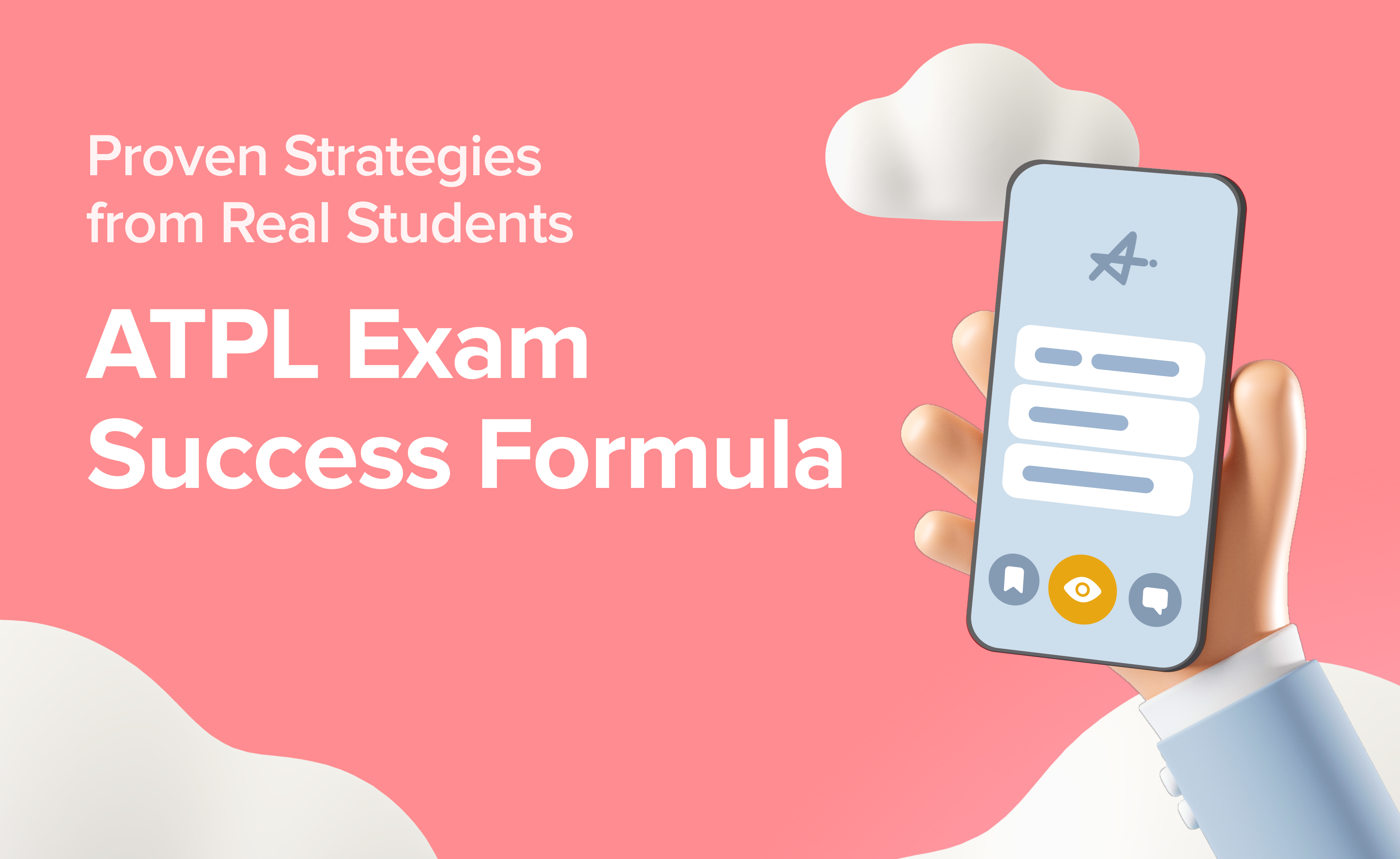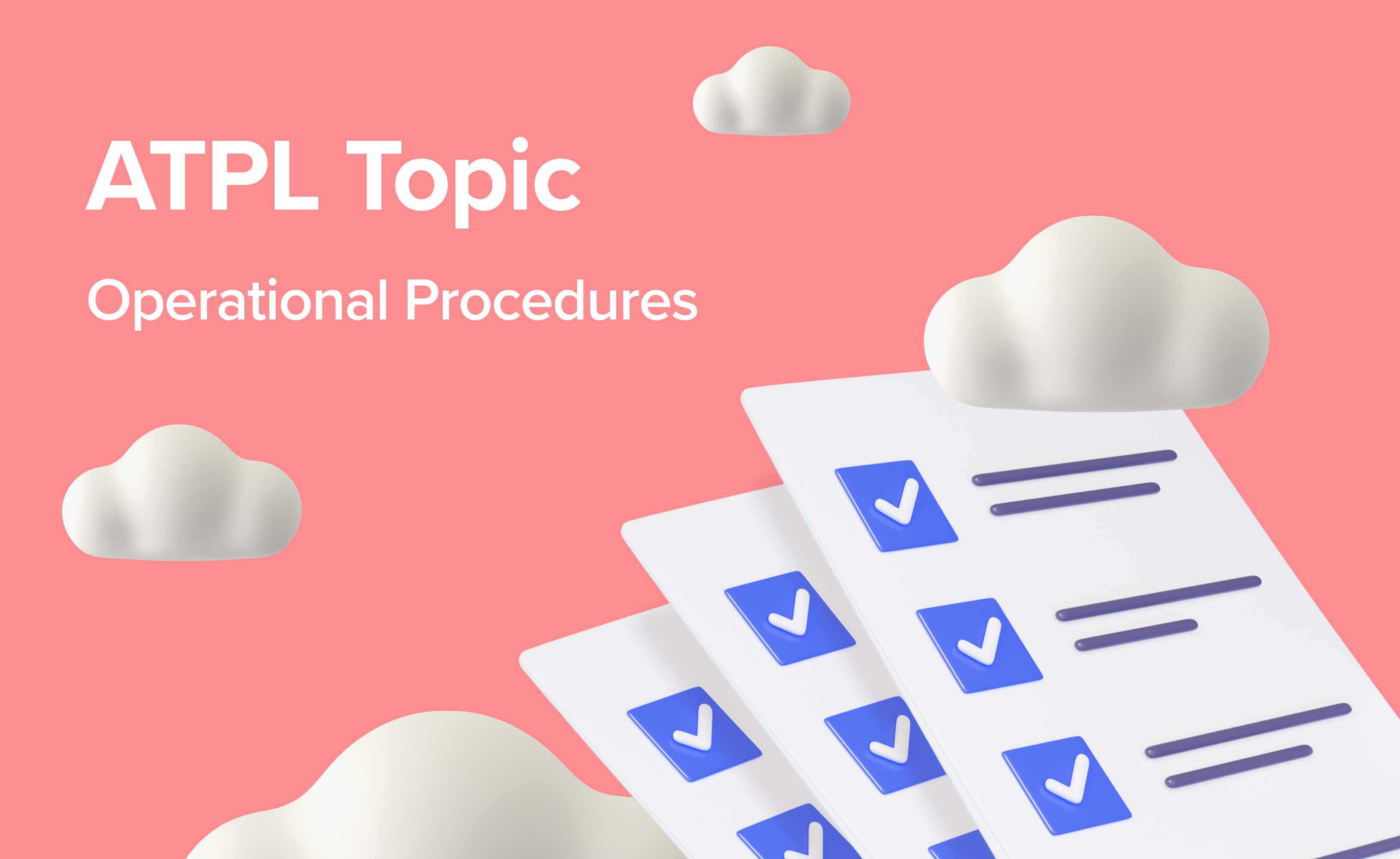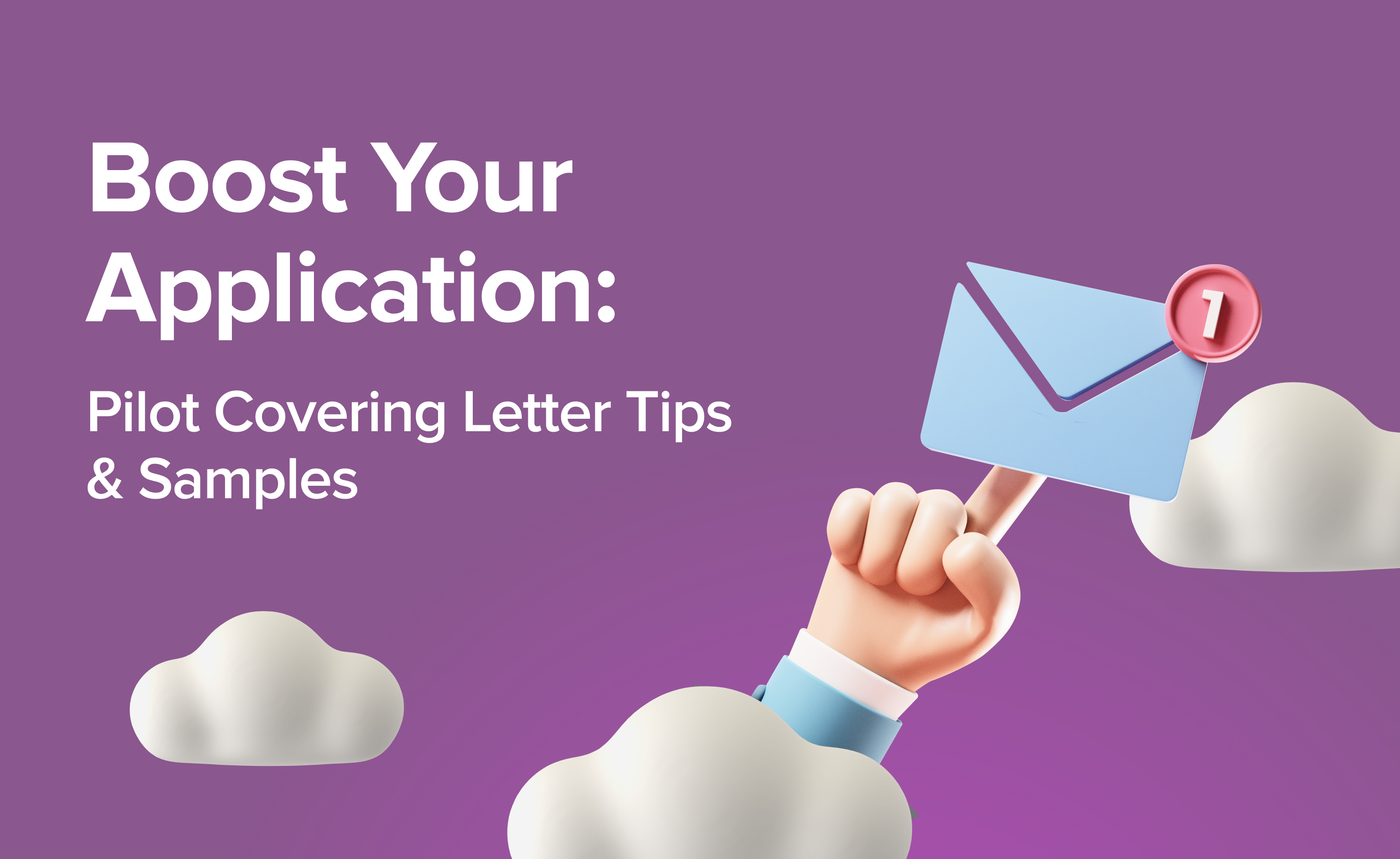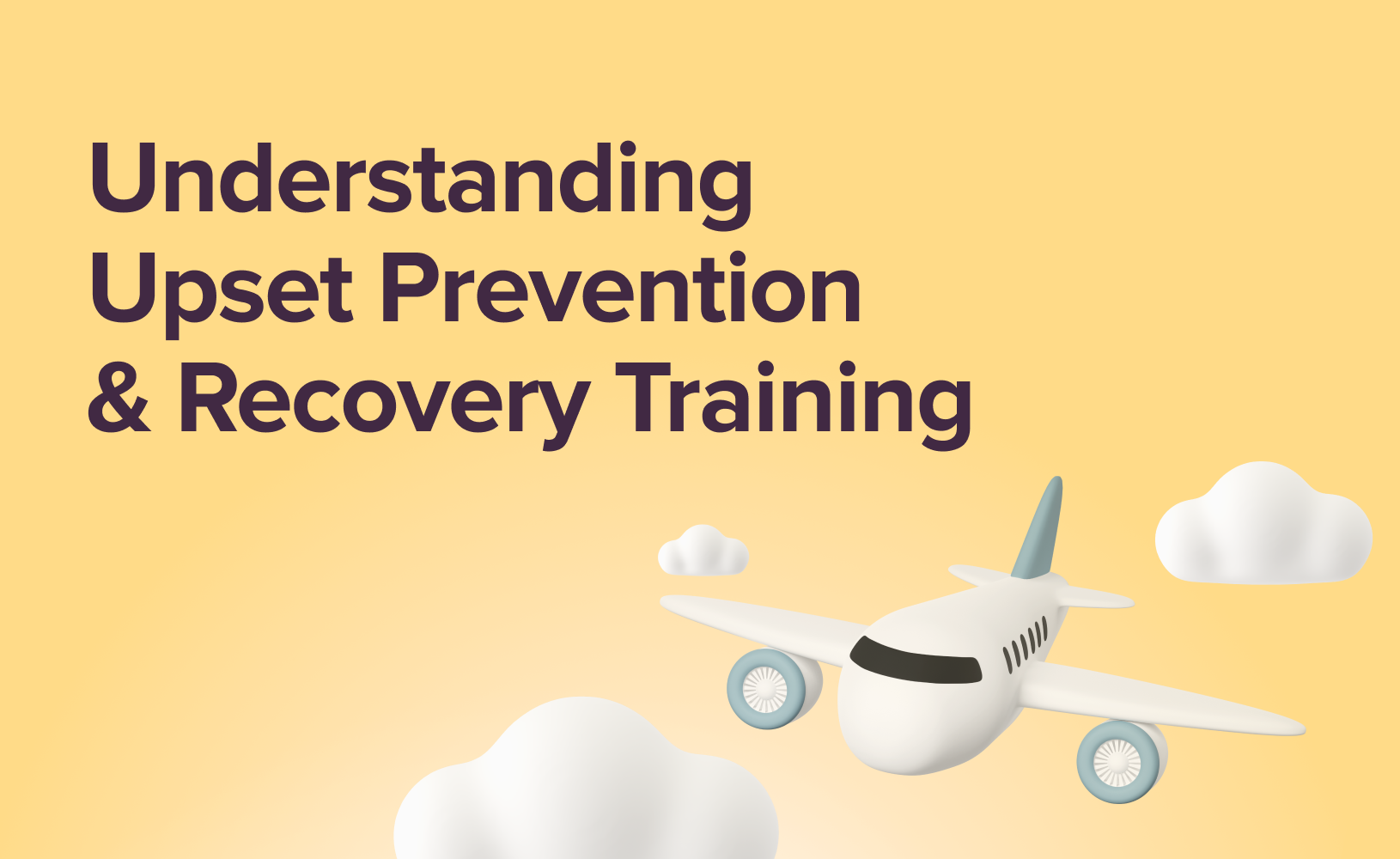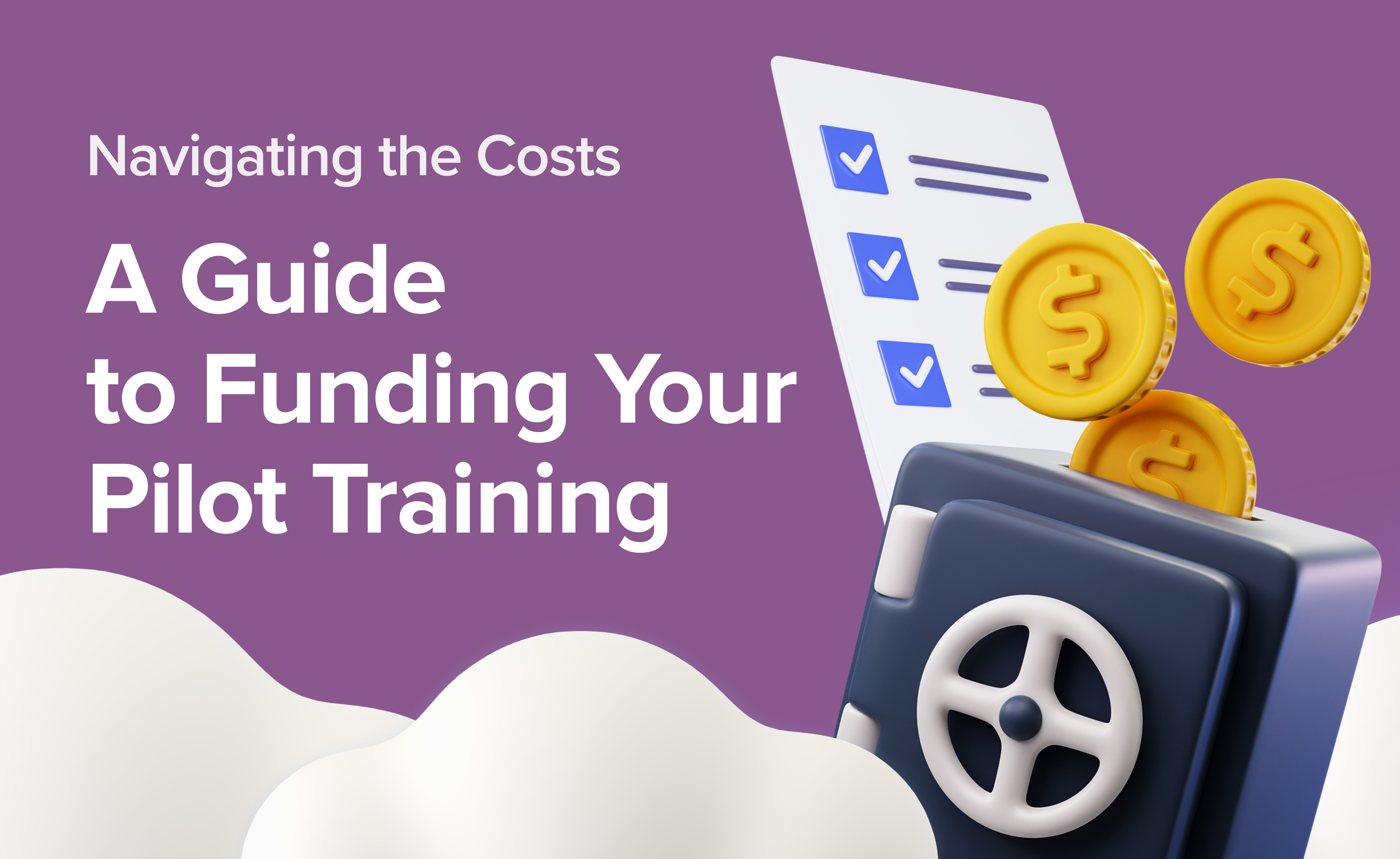How to use an ATPL question bank efficiently? 4-steps guide.
The ATPL exams use a question bank consisting of multiple-choice questions. The official EASA ATPL question bank, called the European Central Question Bank or ECQB, is not publicly available and contains around 10,000 questions grouped into the 13 subjects (learn more about ATPL subjects in this blogpost). Fortunately, ATPL candidates who have taken the exams readily provide their recollections, enabling the creation of question banks based on their feedback. Airhead ATPL question bank consists of a mix of feedback direct to us and a consolidation of the questions in the public domain. The result is a question bank very similar to the official ECQB.
This guide will help you to take the most out of a question bank.
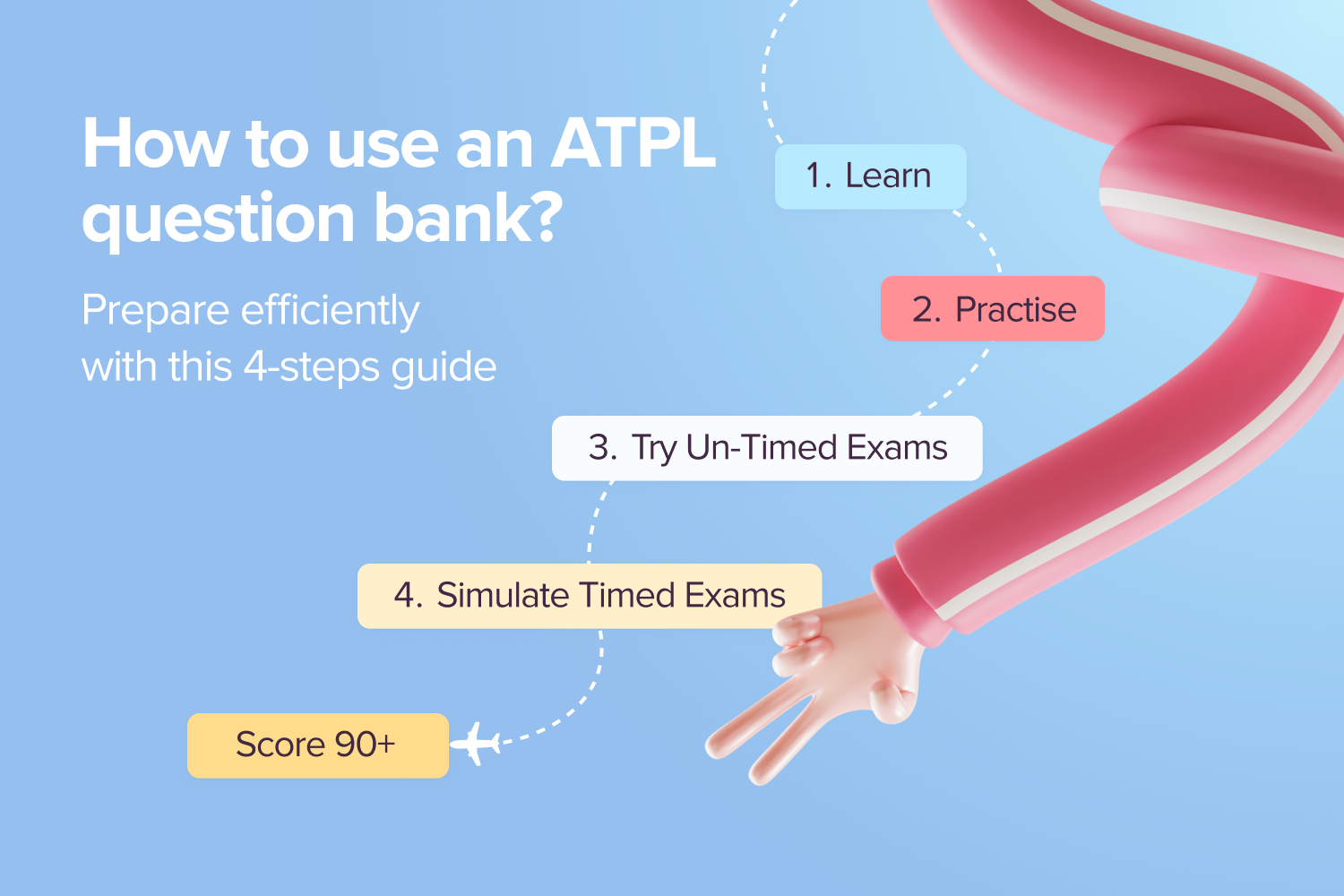
Step 1 - Learn from your course
First, you should absolutely not rely solely on question banks to pass the exams. This form of rote learning misses out the essential knowledge that you will need to succeed in Airline interviews and to support learning in your future career. A question bank is an amazing tool when it is used together with ATPL books, e-learning materials and classroom lessons. However, it is not a great way of learning on its own.
Step 2 - Use the Question Bank as you study
We memorise information by repetition. You can make use of a question bank to aid learning. Study a topic in your course materials, and then refer to the bank to see exactly what sort of questions are likely to be asked about what you have just learnt. Practice as many questions as you can to consolidate your learning. At this stage the volume of questions, rather than how accurately they reflect the current exams, is important. Use the explanations to improve your understanding. In the Airhead Practice mode you may filter the questions by subject then topic so that you can work through the relevant questions lesson by lesson. Sub-topics will be introduced soon. We recommend that you steadily work through the bank in each subject in this manner in parallel with your studies until you have seen most of the questions in the subject. We recommend that you aim to have answered at least 90% of the questions correctly once or more times.Practise 'Chunking'Despite its unappealing name, chunking is an effective technique for boosting your memory. Essentially, chunking involves breaking down related concepts into smaller, more manageable pieces, rather than attempting to absorb an entire topic in one sitting. This approach allows for easier recall and retention of the information learned.Configure your testsAirhead enables you to customise your tests in Practice Mode: choose the subjects and topics that you are currently studying, then use a set of filters to get the most of your training process.
Step 3 - Use the question bank for revision
When you have completed studying a subject you will want to revise. At this stage you will probably want to switch from Practice Mode to Untimed Exams. You will also want to start to narrow down the range of questions, focussing on those that are most likely to appear in the exams.Untimed Exams are generated to match the structure of the EASA exams but without the pressure of a time constraint. You can still refer to the explanations to help you with any question you do not understand. The exam pass mark is 75%. If you are regularly exceeding this by 15% or more, then you are probably ready to try mock exams.
Step 4 - Use the question bank for final exam preparation
As the date of your exam looms, you should switch from untimed to timed exams. These are full ‘mock exams’, structures and times as the real EASA exams. Use filters such as the last 100/200/300 to narrow down the range of questions, eliminating those that are less likely to appear in live exams. As before, if you are easily exceeding the exam pass mark when attempting mock exams, you are probably ready for your exams.Notifications of new questionsWhen new questions arrive in your selected subjects, as feedback from exams, you will be notified through email and directed to them. Make sure you include these in your practice timed exams as they are highly likely to appear in live exams.
To recap, your studying routine should consist of these four steps:
1. Study. Study a lesson on your course. Do not attempt questions until you have worked through the material at least once.
2. Practice. Go to Practise Mode in Airhead and select the desirable syllabus level down to topic. Work through the relevant questions lesson by lesson, topic by topic.
Tip 1: Try to cover all of the questions in the subject. After you have correctly answered at least 90% of them, you may move to the next step.
Tip 2: Use the Practice Dashboard to see your progress by subject and topic.
3. Revise with un-timed exams. Then try taking un-timed exams. Your goal will be to get at least a 95% average in the last five exams.Tip: Your target should be to get 90-95% in timed exam mode, expecting to drop your percentages by 10-15% under the pressure of a real exam.
4. Prepare with timed exams. The final step will be to try timed exams. Goal is the same – 95% minimum average score in the last five exams.
Tip: Airhead smart algorithms predict your real exam score based on your performance and exam date, so carefully study this page to see if you are able to score sufficient points.
In conclusion, ATPL question bank is an excellent tool to help you prepare for the exams, but it should not be relied upon solely. It is essential to supplement your learning with textbooks, e-learning materials, and classroom lessons. By using the Airhead Practice Mode, customising your test, and practising both timed and untimed exams, you can increase your chances of success. Remember to practise chunking, take advantage of notifications on new questions, and aim for a minimum average score of 95% in the last five exams. Good luck with your studies! ATPL exams

